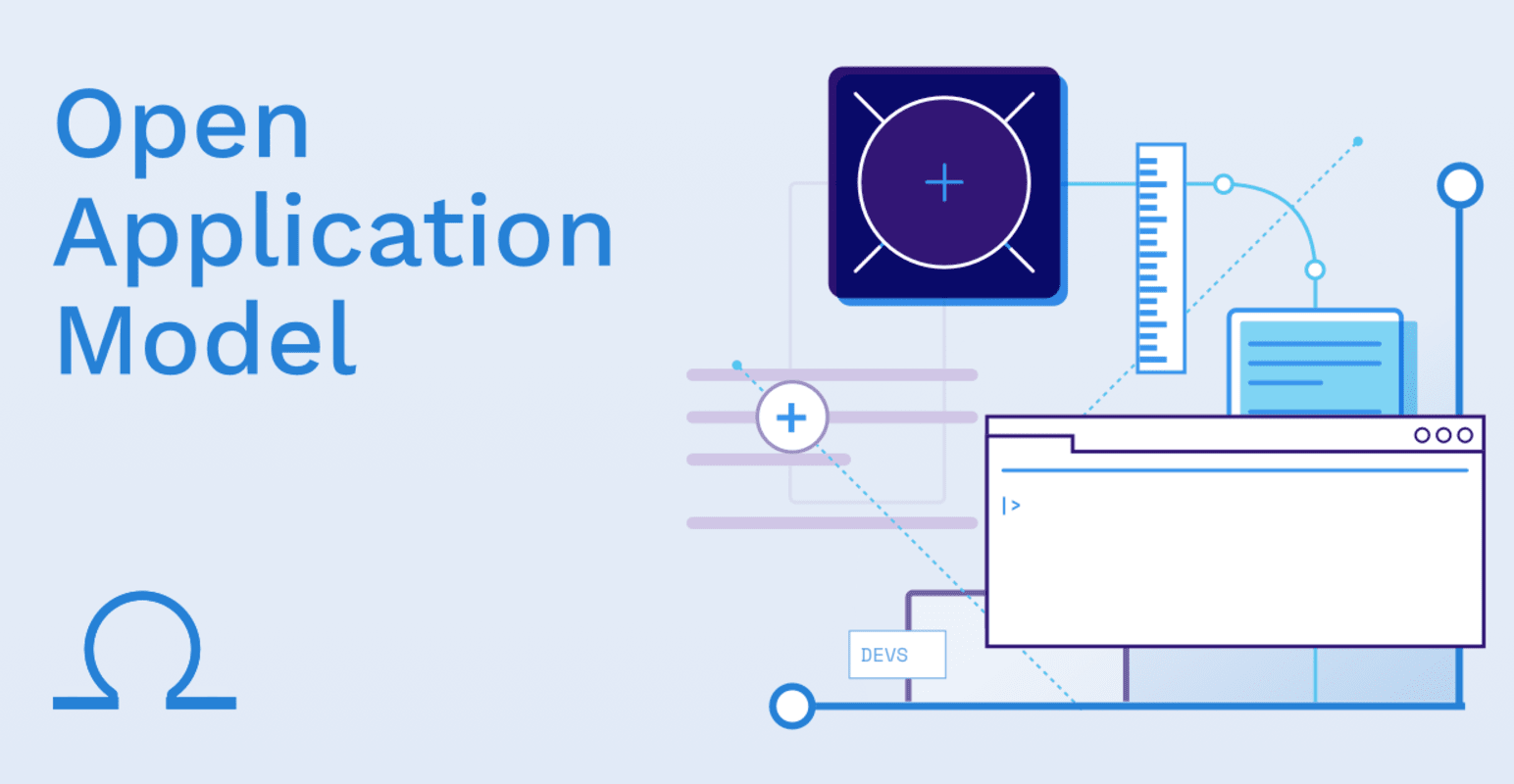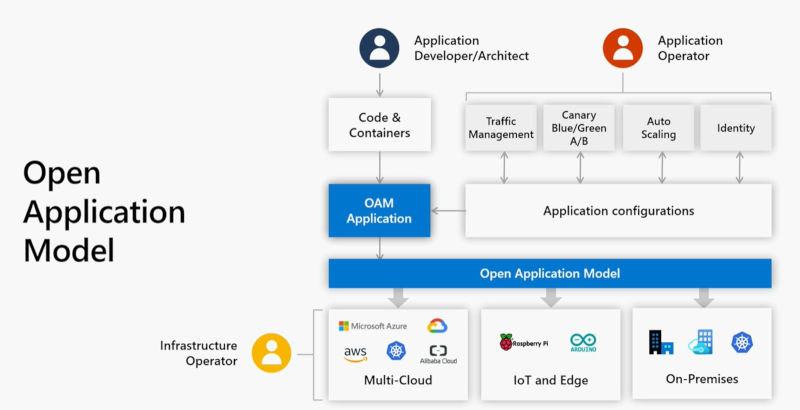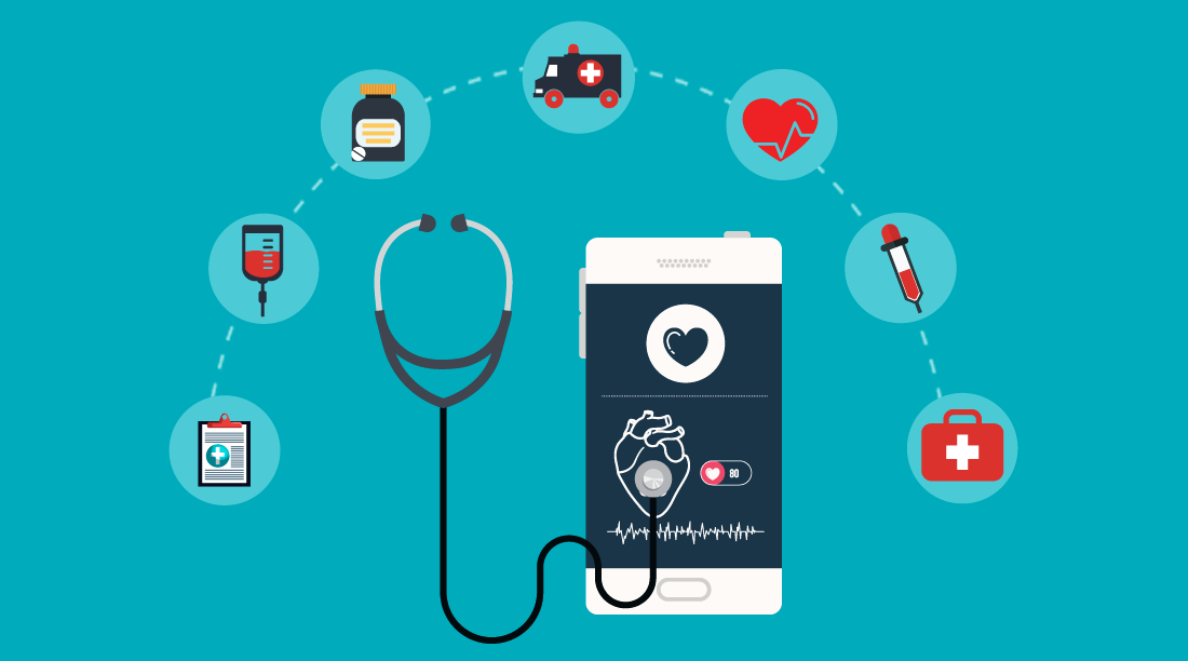Building Better Healthcare Applications with Open Application Model (OAM)
 Gauri Maheshwari
Gauri Maheshwari
In recent years, healthcare operations have become increasingly complex. The industry is under growing pressure to constantly improve patient care and operational efficiency. One solution to this is mobile apps, which have emerged as powerful tools to streamline processes such as patient data management, appointment scheduling, and telemedicine. However, developing these apps can be a complex and time-consuming process.
Today, we will explore how the Open Application Model (OAM) standard and Napptive can be used together by healthcare providers to improve patient care and enhance operational efficiency.
So let's get started! 🚀
🤔But first, what is OAM?
Open Application Model (OAM) is an open-source specification for building cloud-native applications. It provides a standard way to describe and manage the applications and offers a framework for developers to build and deploy them across different cloud platforms, making it easier to integrate various systems and services.
This helps in creating a single channel that will contain all the specifications for their application and also enables them to have a big picture of what is going on. It also reduces maintenance and operational costs by leveraging platform-agnostic configurations.
✅What challenge is OAM solving?
OAM moves one structural layer up, wherein you specify how your application works and its requirements, and then delegate the deployment of the components to a particular cloud provider during runtime.

OAM simplifies the process of deploying microservices-based applications, allowing healthcare providers to build apps that meet their specific needs. Some of the benefits of using OAM in healthcare include:
➜ Standardized Deployment and Management
Deploying and managing microservices-based applications can be complex. OAM provides a standardized approach to deploying applications on Kubernetes, making it easier to integrate various systems and services and becoming a huge time-saver.
➜ Scalability
Healthcare providers must be able to scale their applications to meet demand. OAM allows applications to be scaled up or down as needed, ensuring that healthcare providers can provide quality care to all patients.
➜ Flexibility
Healthcare providers need to be able to quickly adapt to changes in the industry. OAM's flexible approach to application deployment and management allows healthcare providers to build apps that can evolve with the changing needs of the industry, proving itself to be an asset.
With OAM, healthcare providers can build cloud-native applications that are portable across different cloud platforms, scalable, reliable, and secure.
🦸Come-in Napptive

Napptive is a Kubernetes development platform that enables the rapid development of cloud-native applications using low-code techniques. It allows developers to create environments, build, deploy, and manage cloud-native apps quickly and easily without having to write complex code from scratch. It supports the Open Application Model (OAM), which is a standard way of defining and running applications on Kubernetes.
Napptive offers many advantages for healthcare providers, including faster application development times, reduced costs, and improved operational efficiency. With Napptive, healthcare providers can build custom applications that meet their specific needs and have the flexibility to make changes and updates as needed.
⚕️Using OAM in Healthcare Operations
➜ Patient Data Management
Healthcare providers must manage vast amounts of patient data, from medical records to insurance information. Building a patient data management app using OAM would enable healthcare providers to deploy a microservices-based application on Kubernetes, ensuring standardized deployment and management. With OAM, the system also becomes scalable and can handle growing volumes of data. Napptive, on the other hand, could be used to create an intuitive user interface that simplifies the process of managing patient data.
In addition, the app can be designed to integrate with other healthcare systems and services, such as Electronic Health Records (EHRs) and insurance providers. This would enable healthcare providers to have a comprehensive view of patient data, making it easier to make informed decisions and provide personalized care.
➜ Appointment Scheduling
Scheduling appointments can be a time-consuming process, but a mobile app can simplify the process for both healthcare providers and patients. Using OAM and Napptive, healthcare providers could build an appointment scheduling app that integrates with their existing scheduling systems. The app could allow patients to schedule appointments, view their medical records, and receive reminders for upcoming appointments, all in one place.
The benefits of this are numerous, as healthcare providers can save time and resources by reducing the manual effort required for scheduling appointments. Patients, on the other hand, can conveniently schedule appointments at their convenience, without the need to call the provider's office. This helps to reduce wait times and improve patient satisfaction.
➜ Telemedicine
Telemedicine has become increasingly important in the wake of the COVID-19 pandemic. Using OAM, healthcare providers could build a telemedicine app that enables remote consultations with patients. The app could integrate with existing healthcare systems, allowing healthcare providers to access patient data and medical records during the consultation. This helps improve access to healthcare services and ensures that patients receive high-quality care regardless of their location.
Napptive can be used to create a user-friendly interface that simplifies the process of conducting remote consultations. Patients can easily schedule a telemedicine appointment, complete any necessary pre-visit paperwork, or conduct the consultation from the comfort of their own homes. The app can also include features such as secure messaging and video conferencing to enable real-time communication between healthcare providers and patients.

Combined, OAM and Napptive provide a powerful solution for streamlining healthcare operations. By using OAM, healthcare providers can ensure that their cloud-native applications are highly scalable, reliable, and secure. With Napptive, they can develop and deploy these applications quickly and cost-effectively. The result is a more efficient healthcare operation that can provide better patient care and outcomes.
😄Awesome, now how to get started?
To use Napptive, all you have to do is sign up for a free account on their website. Follow along with their Getting Started guide, and your first app will be deployed in no time. Go through the documentation if you feel stuck anywhere and ask out for help from the super supportive community.
🥱TL;DR
Healthcare operations require modern technologies that can help streamline processes, reduce costs, and improve outcomes. OAM and Napptive can provide a powerful solution for healthcare providers looking to build cloud-native applications quickly, securely, and cost-effectively. By leveraging these technologies, healthcare providers can achieve a more efficient operation that can provide better patient care and outcomes.
So, what are you waiting for? Get started with exploring the possibilities of OAM and Napptive today!⚡
Thank you for taking the time to read and staying till the end! I hope you found it informative and useful. Do like it and drop a comment or suggestion. 🙌
Connect with me here :)
Subscribe to my newsletter
Read articles from Gauri Maheshwari directly inside your inbox. Subscribe to the newsletter, and don't miss out.
Written by

Gauri Maheshwari
Gauri Maheshwari
she/her | web developer | technical writing | open-source